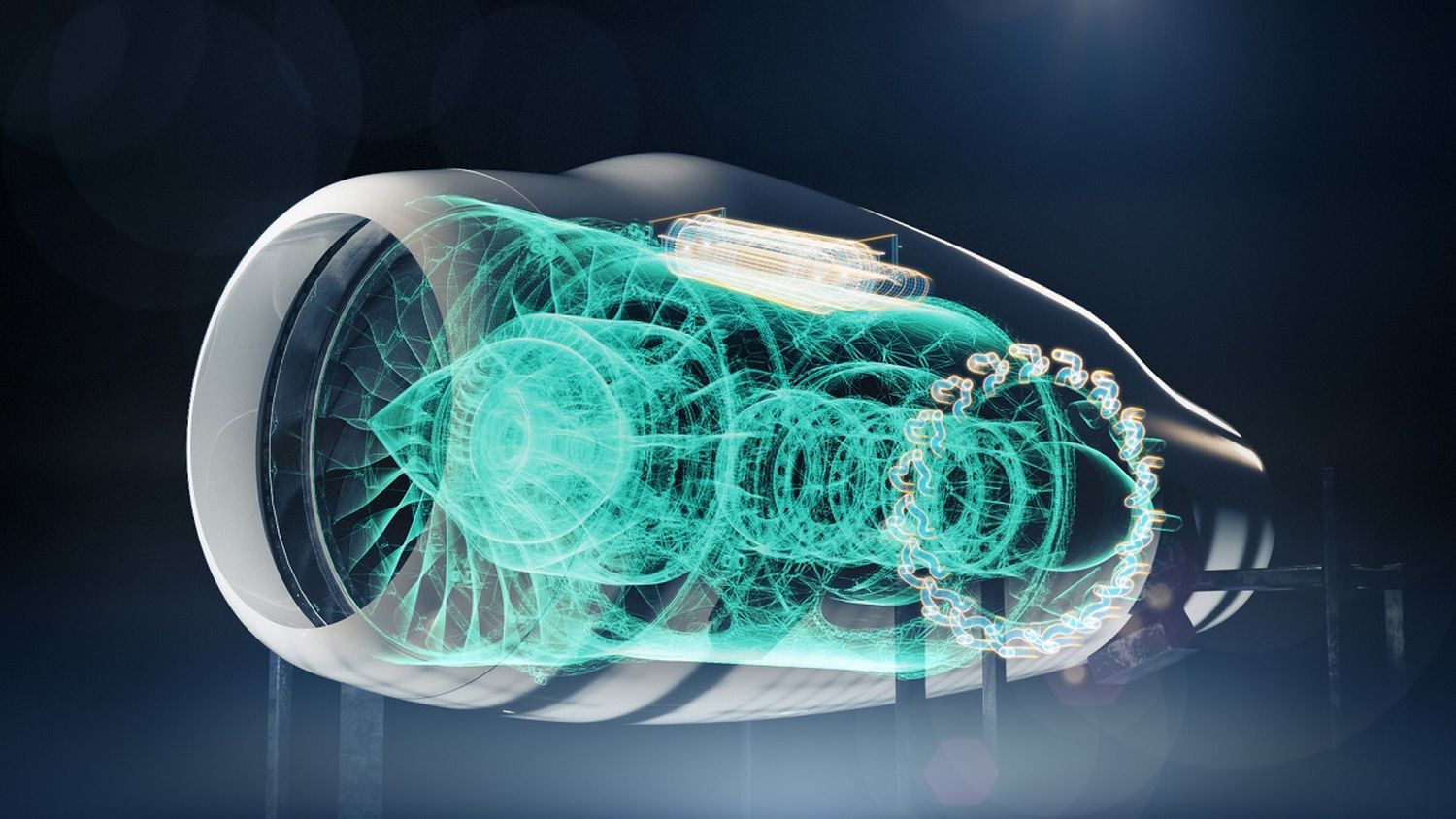Rolls-Royce presents its progress on hybrid propulsion research programme
Aircraft engine manufacturer Rolls-Royce announced a new programme to study and develop hydrogen-based fuels for the aviation industry. It also presented its progress in hybrid-electric powerplant research.
According to the company, it is currently planning a series of tests to analyse the feasibility of implementing sustainable aviation fuels (SAF) in small and medium-sized aircraft, starting in the middle of the next decade.
Hydrogen-based fuels are one of the lowest-emission propulsion solutions currently under development.
The company plans two ground tests: the first one, using a Rolls-Royce AE 2100 engine, would take place this year in the United Kingdom; the second one, at an unconfirmed later date, would use a Rolls-Royce Pearl 15 jet engine. «We have further ambitions to move this on to a flight test phase as part of the programme in the long term», the company added.
Current developments
The project will build on the hydrogen combustion tests the company is currently conducting in collaboration with Loughborough University, German research institute DLR and input from Cranfield University on fuel system management.
It follows a market study carried out by the Fly Zero team at the UK Aerospace Institute of Technology and the Project NAPKIN (New Aviation Propulsion Knowledge and Innovation Network). Both concluded that there is market potential for hydrogen-powered aircraft.
Current electrical systems research is being conducted on the Power Generation System 1 demonstrator, which consists of an AE 2100 engine with specialised controls and thermal management systems. According to the company, the mechanism delivered more than 1.5 megawatts of power, an industry record.
In addition, the tests will complement Rolls-Royce and EasyJet’s ongoing research into hydrogen infrastructure and transport. For their part, hydrogen-based propulsion and hybrid systems are part of a regional aircraft research project in conjunction with the airline WiderØe and aircraft manufacturer Embraer.
See also: World’s largest engine enters final manufacturing stage


Comentarios
Para comentar, debés estar registrado
Por favor, iniciá sesión